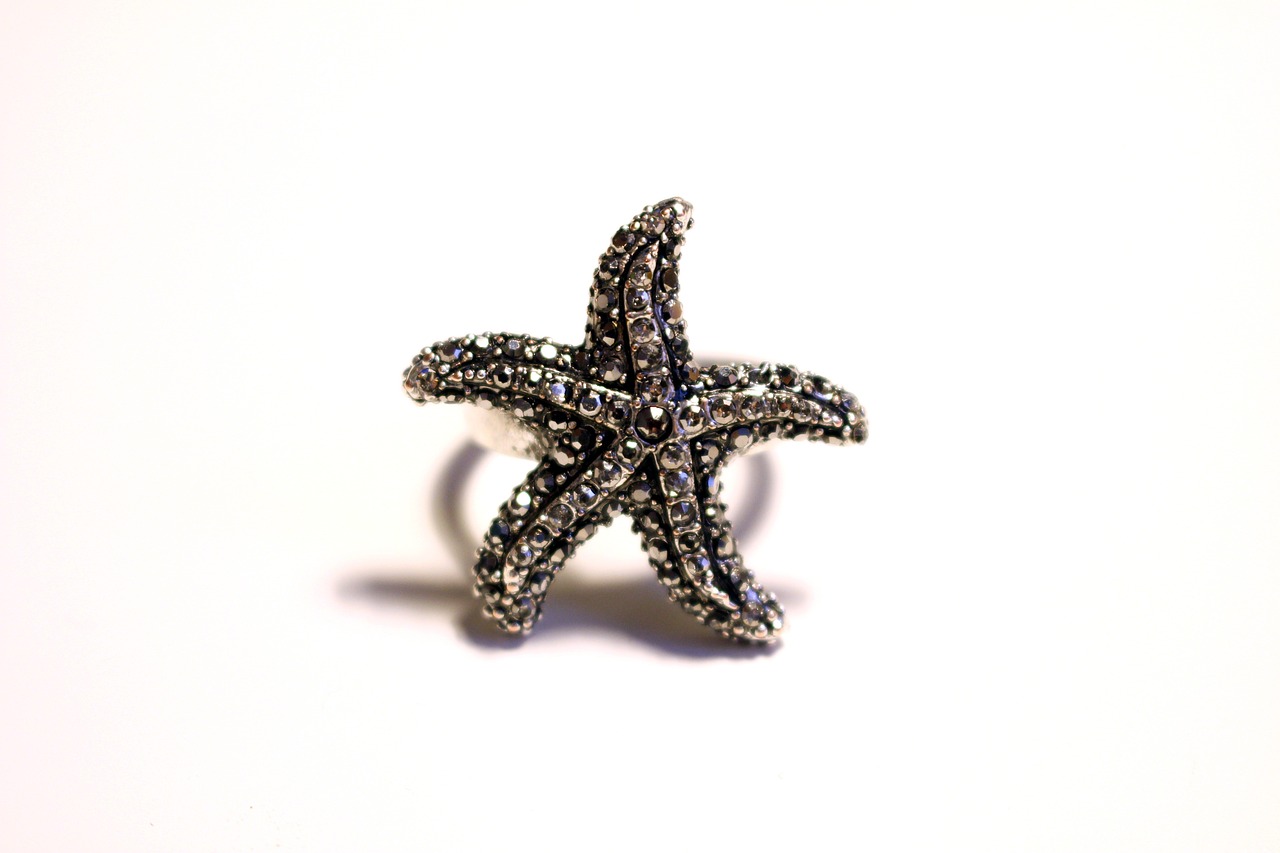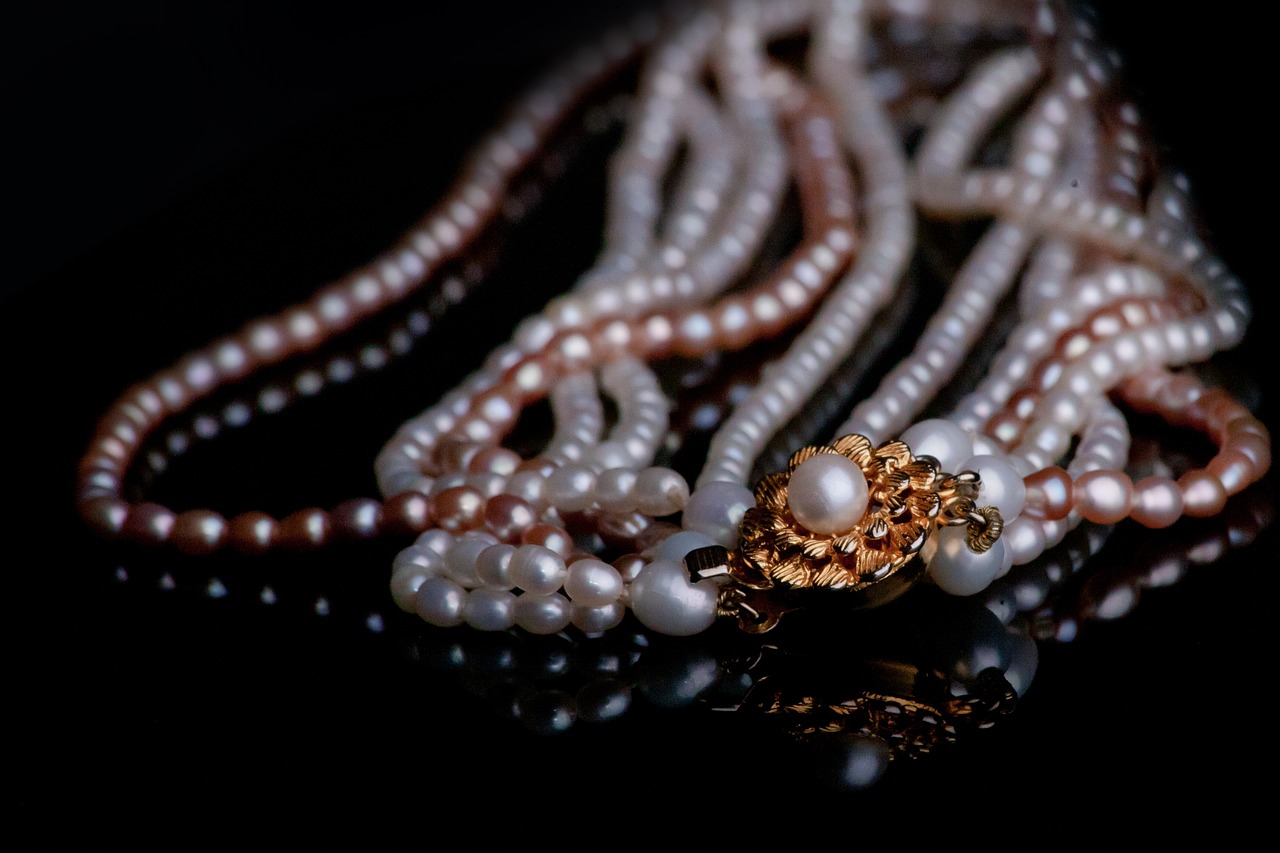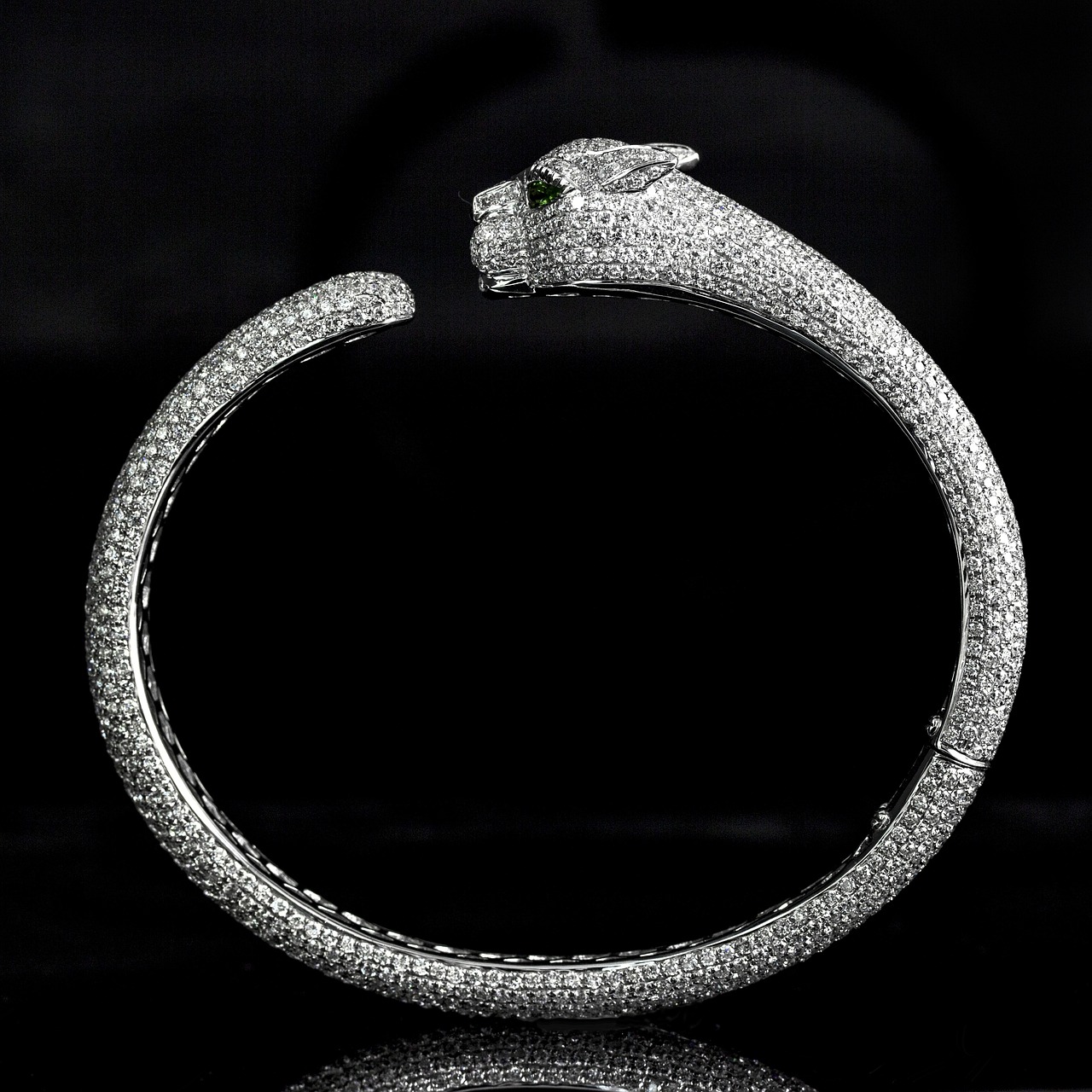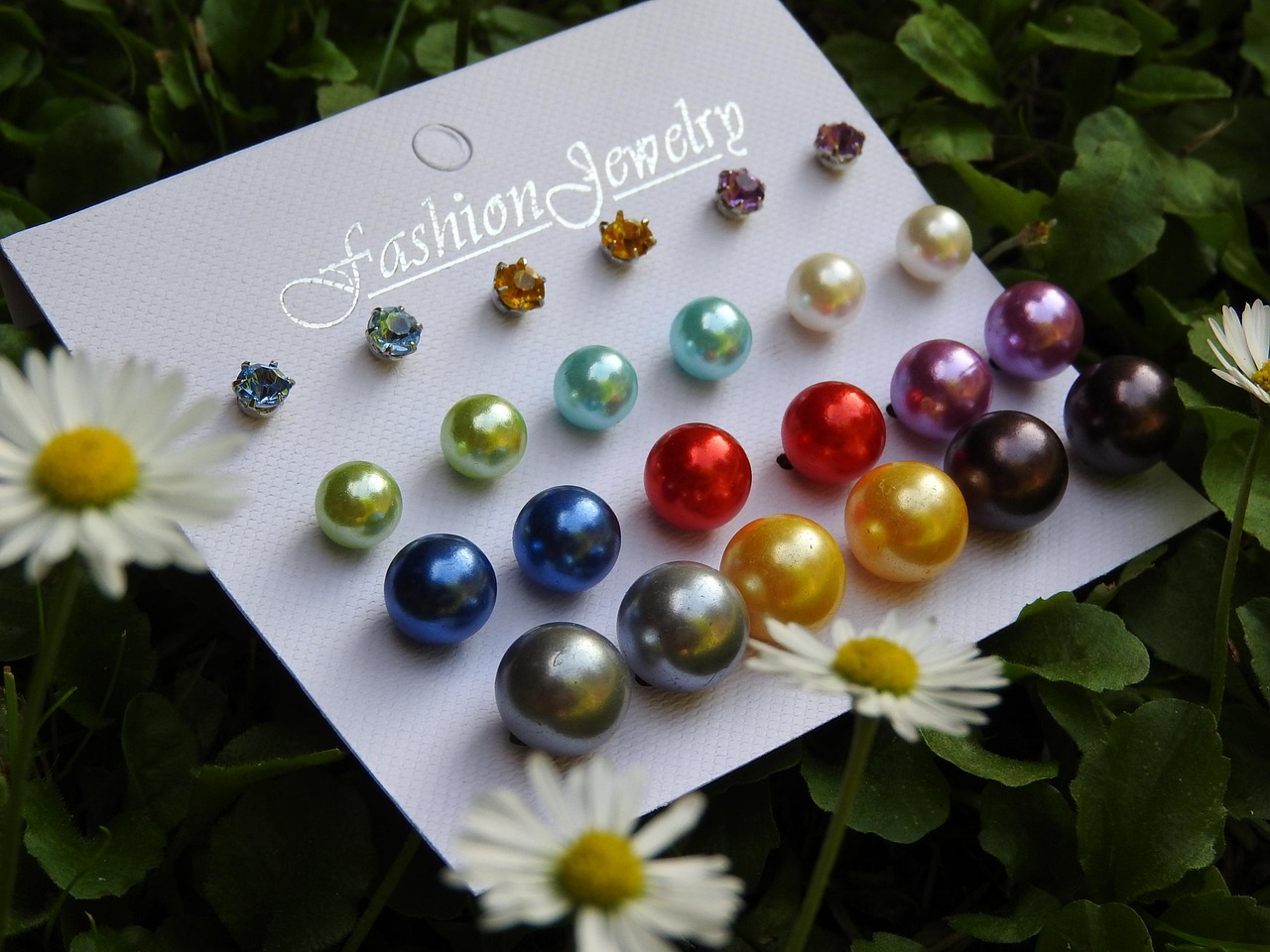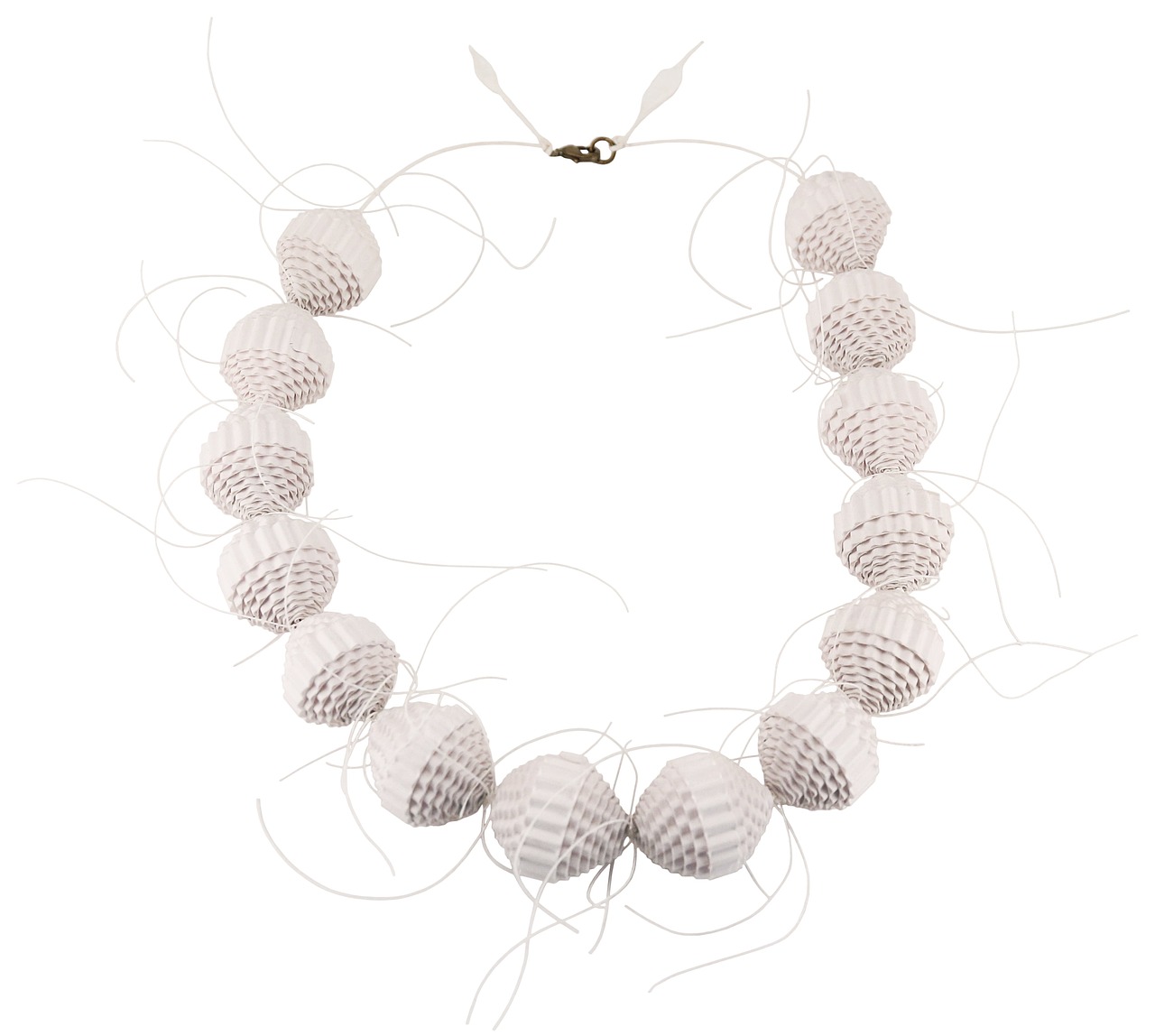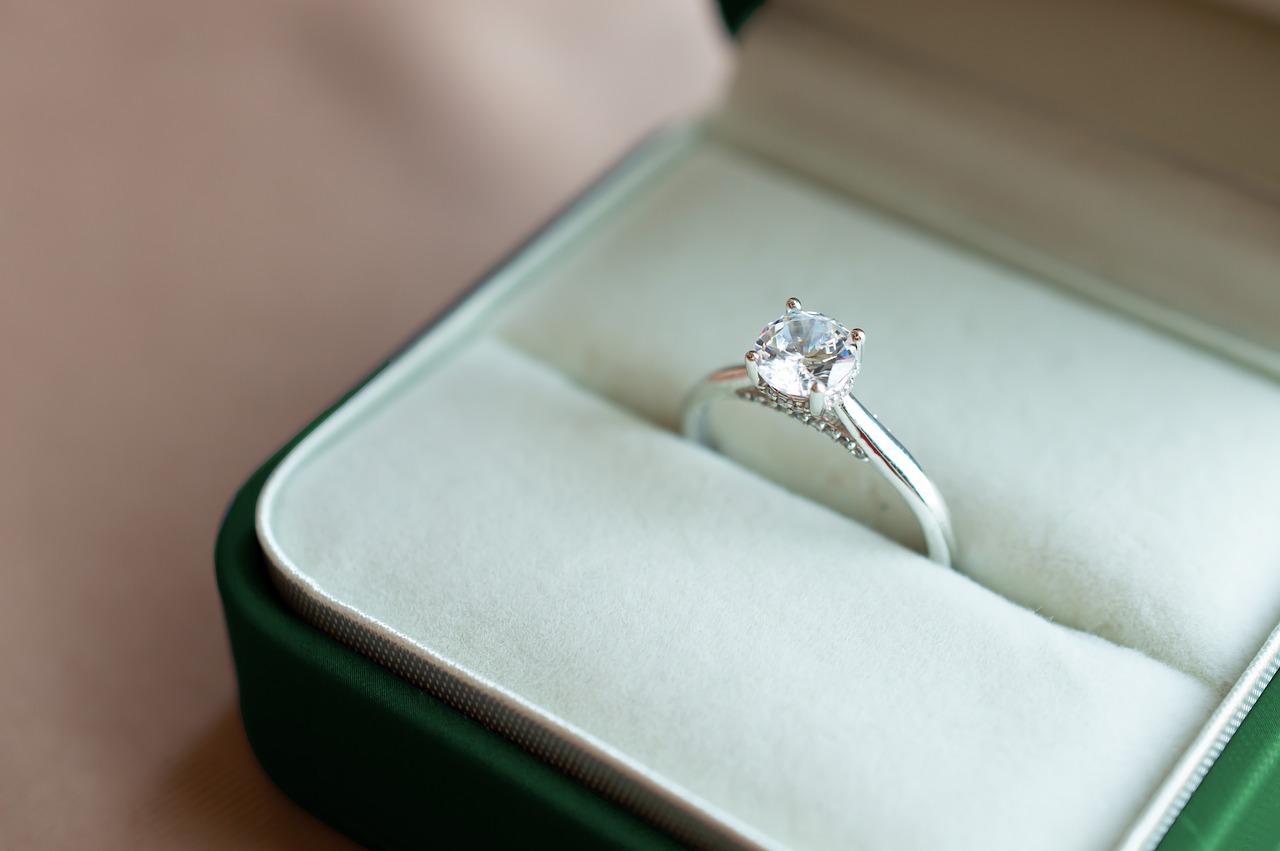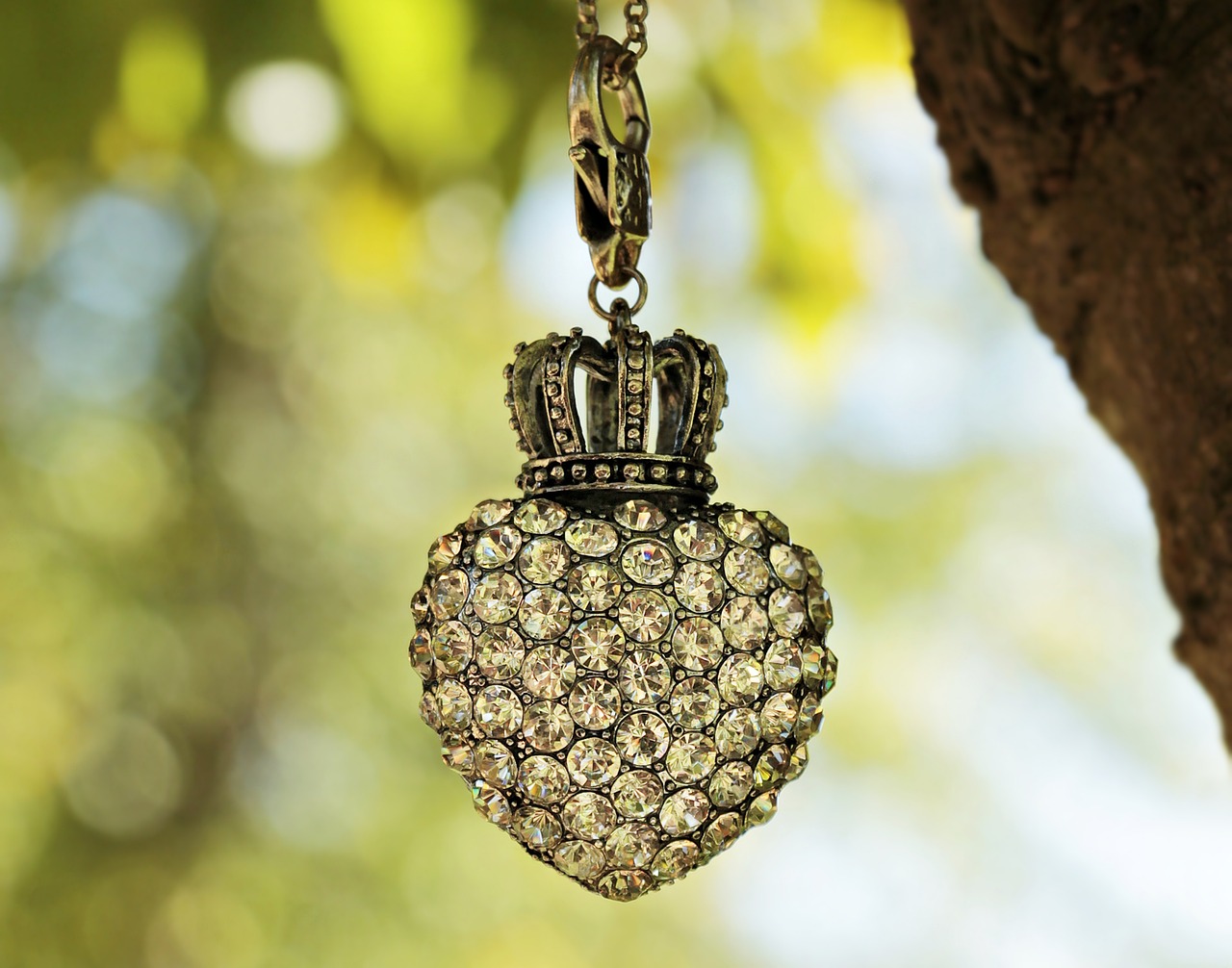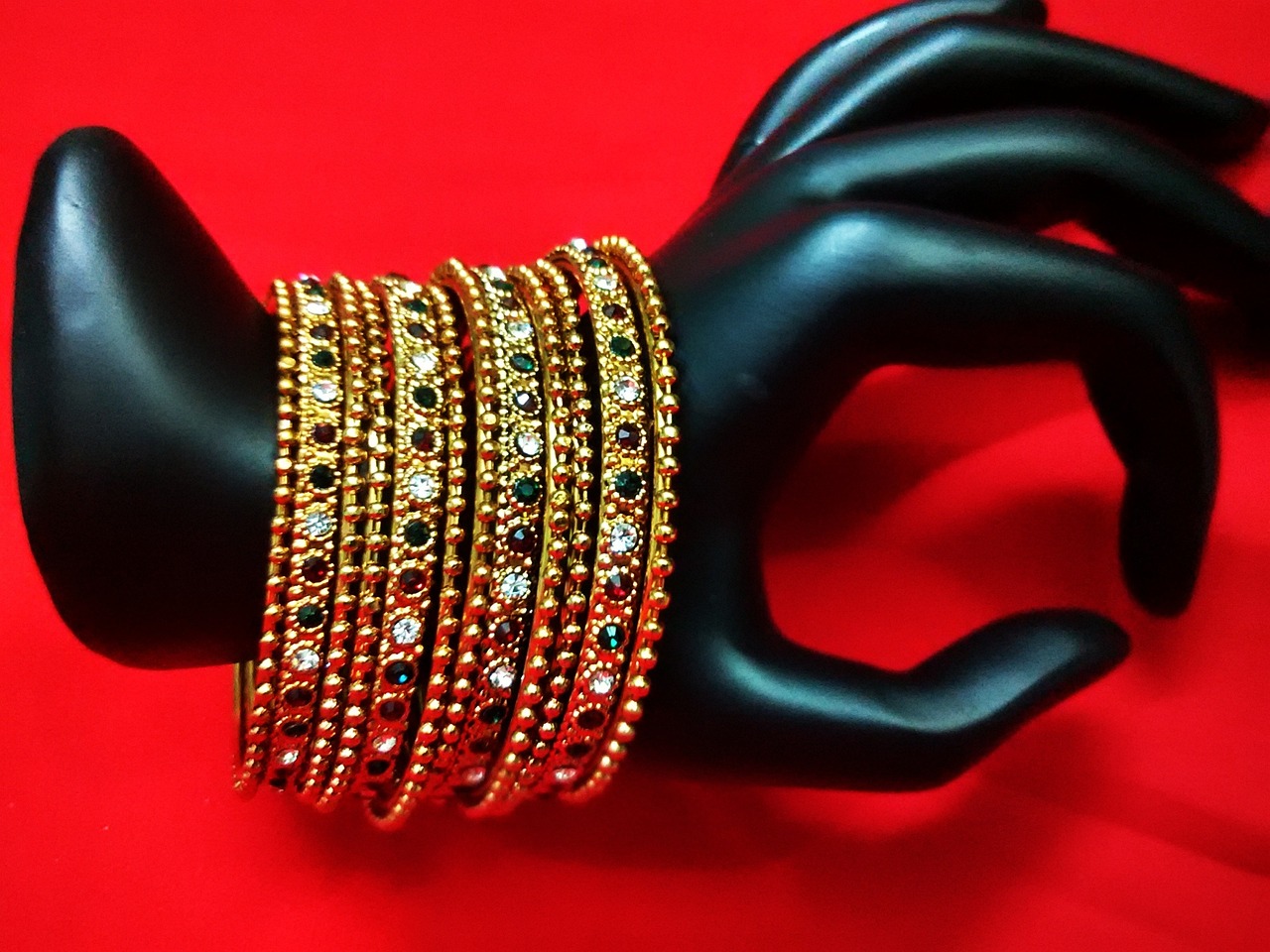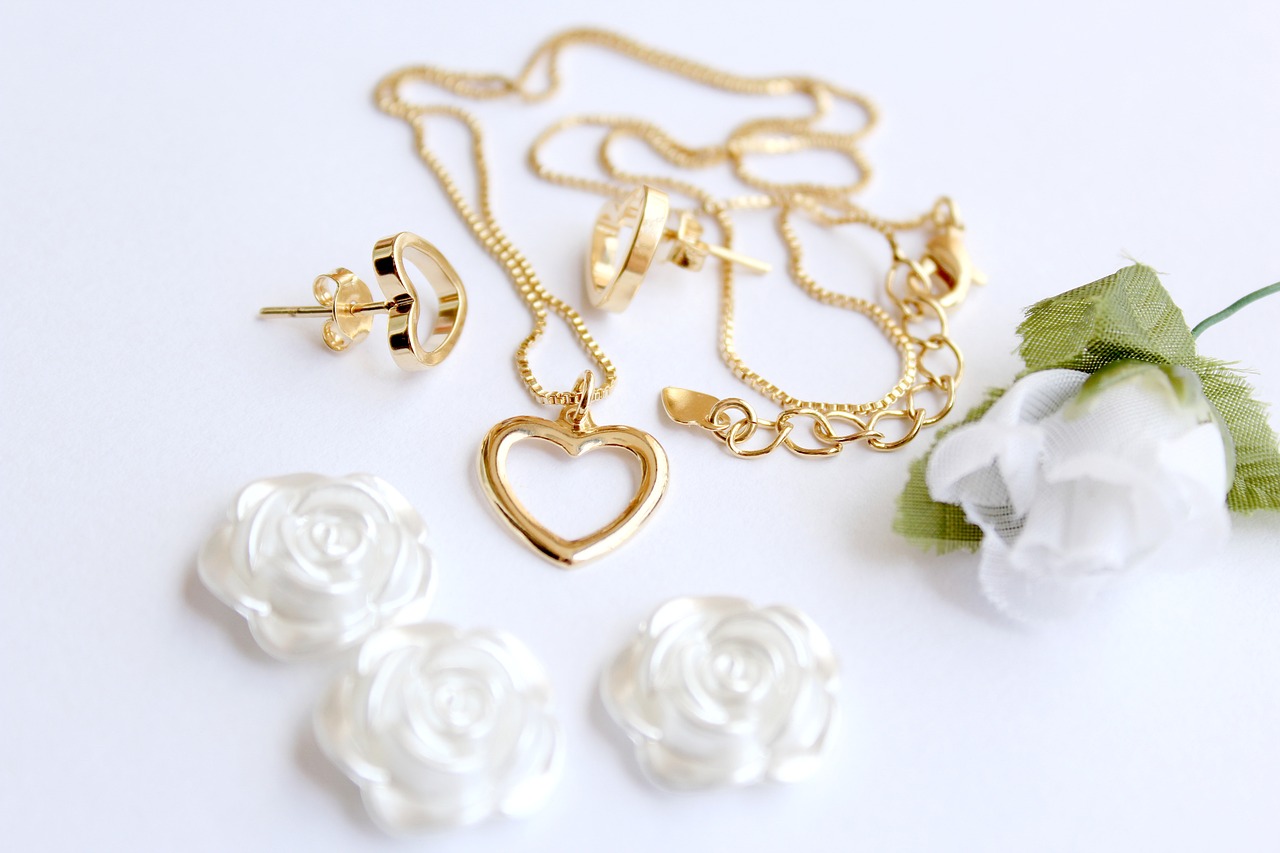Jewelry is often seen as a beautiful accessory that enhances personal style. However, many individuals experience an unpleasant surprise when they notice their skin turning green or discolored after wearing certain pieces. This article delves into the reasons behind this common issue and provides practical solutions to prevent skin discoloration caused by jewelry.
Understanding the chemical reactions between jewelry materials and your skin is essential. Various metals can react with sweat, lotions, and other substances, leading to skin discoloration. When metals like copper or brass oxidize, they can leave green stains on the skin. This reaction is often exacerbated by moisture and body oils.
Different types of metals can cause varying reactions on your skin. Knowing which metals are more likely to cause discoloration can help you make informed jewelry choices. Here are some common offenders:
- Nickel: A prevalent metal in jewelry that often causes allergic reactions.
- Brass: Contains copper and can oxidize, leading to skin staining.
- Copper: Naturally oxidizes when exposed to moisture.
Nickel is one of the most common metals found in jewelry and is notorious for causing allergic reactions. Many people are sensitive to nickel, leading to green stains on the skin. Symptoms of nickel allergies include redness, itching, and rashes. If you experience these symptoms, it may be wise to consider your jewelry choices.
Choosing nickel-free jewelry is crucial for those with sensitivities. Look for materials like titanium, surgical steel, or gold, which are less likely to cause reactions. Always check the jewelry label to ensure it is hypoallergenic.
Certain lotions, perfumes, and sweat can react with jewelry, exacerbating skin discoloration. Understanding these interactions can help you maintain both your jewelry and skin health. Opt for skin care products that are free from harsh chemicals to minimize the risk of reactions.
Regular cleaning of your jewelry can help prevent tarnishing and oxidation. Use a soft cloth and gentle cleaning solutions to keep your jewelry looking new and minimize skin reactions. Proper maintenance can extend the life of your jewelry and protect your skin from discoloration.
Implementing practical solutions can help you avoid skin discoloration. Here are some effective strategies:
- Using Clear Nail Polish as a Barrier: Applying a thin layer of clear nail polish on the inner side of your jewelry can create a barrier, preventing direct contact with your skin.
- Choosing Hypoallergenic Jewelry Options: Investing in hypoallergenic jewelry made from materials that are less likely to cause discoloration can significantly reduce skin reactions.
If skin discoloration persists despite following preventive measures, consulting a dermatologist is advisable. They can help identify underlying issues and recommend appropriate treatments. Some skin conditions may mimic reactions caused by jewelry, and a professional can help differentiate between allergies and other skin problems.
Treatment options for skin reactions can include topical creams and lifestyle changes. Understanding these options can help you manage and prevent future occurrences effectively. Keeping your skin moisturized and avoiding known irritants can also be beneficial.
In conclusion, while jewelry can enhance your style, it is essential to be aware of how different metals and skin care products can interact. By choosing the right materials and implementing preventive measures, you can enjoy your jewelry without the worry of skin discoloration.
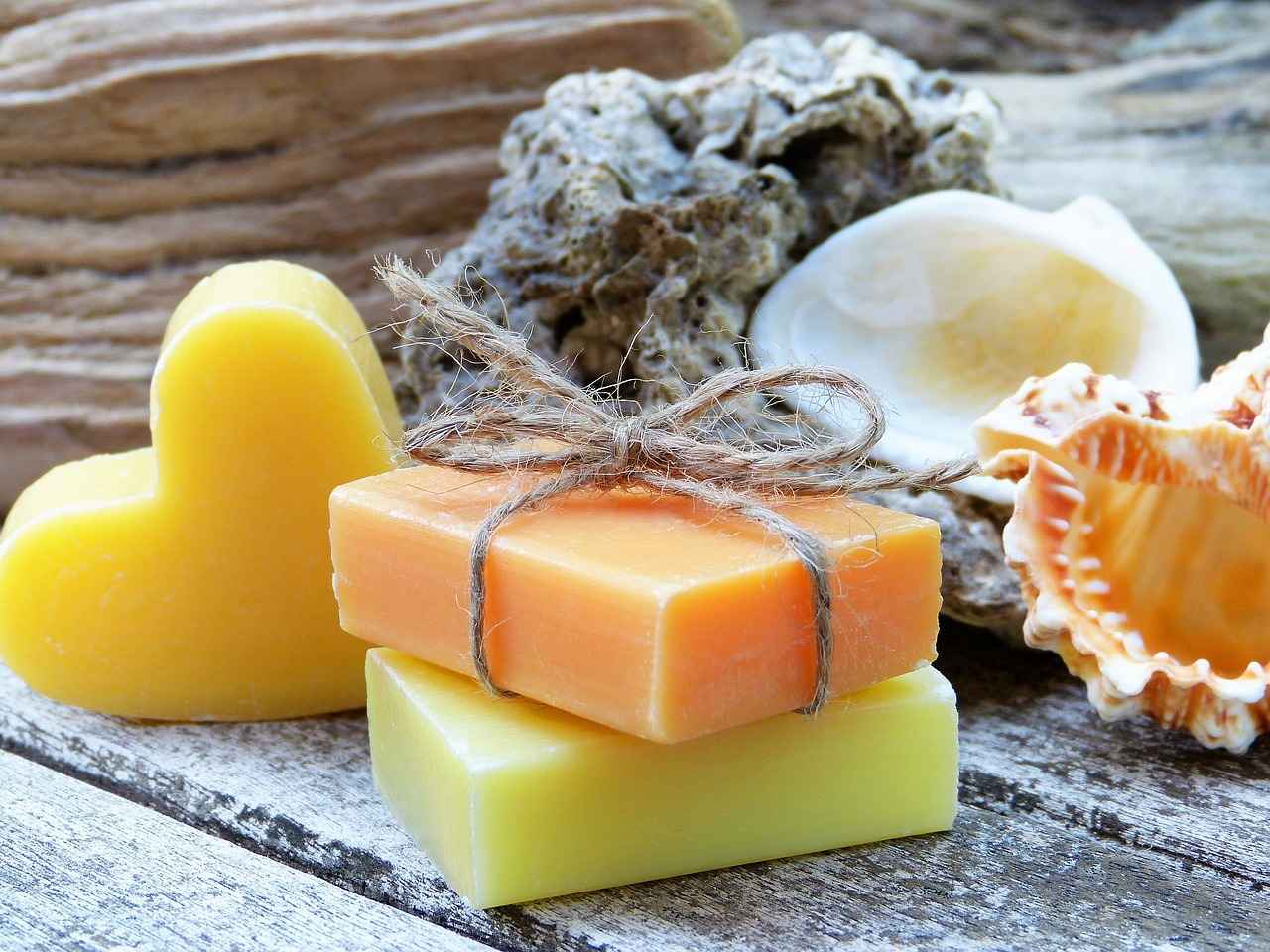
What Causes Jewelry to Turn Your Skin Green?
Understanding the reasons behind skin discoloration caused by jewelry is vital for anyone who enjoys accessorizing. When jewelry comes into contact with the skin, various factors can lead to unwanted reactions, resulting in green stains or discoloration. This article delves into the chemical interactions between jewelry materials and skin, helping you make informed choices to prevent these issues.
Jewelry can turn your skin green due to the reaction of certain metals with sweat, lotions, and other substances. When these metals oxidize, they can leave behind a green residue on the skin. The primary culprits are often copper and brass, which are commonly used in jewelry making.
Understanding how various metals interact with your skin is crucial. For instance, nickel, a common metal found in costume jewelry, can cause allergic reactions in many people. The presence of nickel can lead to skin irritation and discoloration. On the other hand, metals like titanium and sterling silver are generally less reactive and more skin-friendly.
Nickel is notorious for causing skin discoloration. Many individuals are allergic to it, leading to green stains and irritation. If you notice a reaction after wearing nickel-based jewelry, it may be wise to consider alternatives.
- Redness around the area of contact
- Itching or a rash
- Swelling or inflammation
Recognizing these symptoms can help you determine if nickel is the source of your skin issues.
For those sensitive to nickel, selecting nickel-free jewelry is essential. Look for items made from titanium, surgical steel, or gold that are less likely to cause reactions. Always check product labels or consult with jewelers about the materials used.
Brass and copper jewelry can also lead to skin discoloration. When these metals oxidize, particularly in humid conditions or when exposed to moisture, they can leave a green stain on the skin. This reaction is often exacerbated by sweat and lotions.
Certain skin care products, such as lotions and perfumes, can react with jewelry metals, increasing the likelihood of skin discoloration. Understanding these interactions is crucial for maintaining both your skin health and the integrity of your jewelry.
Opt for skin care products that are free from harsh chemicals. This can minimize the risk of reactions between your jewelry and the products you use. Always conduct a patch test before using new products.
Regular cleaning of your jewelry can help prevent tarnishing and oxidation. Use a soft cloth and mild soap to clean your pieces, ensuring they remain in good condition and reducing the chances of skin reactions.
Implementing practical solutions can help you avoid skin discoloration. Simple adjustments in your jewelry care routine can make a significant difference.
Applying a thin layer of clear nail polish on the inner side of your jewelry can create a barrier, preventing direct contact with your skin and reducing discoloration.
Investing in hypoallergenic jewelry can significantly reduce skin reactions. Look for options made from materials that are less likely to cause discoloration or irritation.
If skin discoloration persists despite following preventive measures, consulting a dermatologist is advisable. They can help identify underlying issues and recommend appropriate treatments.
Some skin conditions may mimic reactions caused by jewelry. A dermatologist can help differentiate between allergies and other skin problems, guiding you to the right solutions.
Treatment options for skin reactions can include topical creams and lifestyle changes. Understanding these options can help you manage and prevent future occurrences effectively.

How Do Different Metals Affect Your Skin?
When it comes to jewelry, the metals used can significantly impact not only the appearance of the piece but also your skin’s health. Understanding how different metals behave when in contact with your skin is crucial for making informed choices about your jewelry. This article delves into the reactions that various metals can cause, helping you select pieces that won’t lead to unpleasant discoloration.
The primary reason some metals cause skin discoloration is due to oxidation and chemical reactions with sweat, body oils, and skincare products. When these metals react, they can leave behind stains on the skin, often appearing green or black. Knowing which metals are more prone to these reactions can help you avoid unwanted marks.
One of the most common metals found in jewelry is nickel. Many people are allergic to nickel, leading to not only discoloration but also skin irritation. If you notice green stains after wearing jewelry, nickel may be the culprit.
Brass and copper are also notorious for causing skin discoloration. These metals can oxidize when exposed to moisture, resulting in a greenish tint on the skin. This is particularly common in humid environments or when sweat is involved.
While pure silver is less likely to cause discoloration, many silver jewelry pieces are made from alloys that contain copper. This can lead to oxidation and subsequent skin staining. It is essential to check if your silver jewelry is made from high-quality materials to minimize reactions.
Gold jewelry, especially when made from high karat gold (14k, 18k), is generally safe for most skin types. However, lower karat gold often contains other metals like nickel or copper, which can lead to discoloration. Always opt for higher karat gold to reduce the risk of skin reactions.
Recognizing the signs of metal allergies is crucial for your skin’s health. Symptoms can include:
- Redness around the jewelry area
- Itching or irritation
- Rashes or bumps
If you experience these symptoms, it may be time to reassess your jewelry choices.
For those with sensitive skin or known metal allergies, consider hypoallergenic options. Jewelry made from titanium, surgical steel, or platinum is less likely to cause reactions. Additionally, look for pieces that are labeled as nickel-free.
Yes, certain skin care products can interact with metals in jewelry, leading to increased discoloration. Ingredients in lotions, perfumes, or even sweat can contribute to the oxidation process. To minimize reactions, consider using gentle, chemical-free skin care products.
There are several practical steps you can take to prevent skin discoloration:
- Choose jewelry made from high-quality materials.
- Apply a thin layer of clear nail polish on the inner side of jewelry to create a barrier.
- Regularly clean your jewelry to prevent tarnishing.
By being aware of the metals in your jewelry and taking preventive measures, you can enjoy your accessories without the worry of skin discoloration.
Nickel: The Common Culprit
Nickel is a widely used metal in the jewelry industry, often found in various alloys and costume jewelry. Unfortunately, it is also a common allergen that can lead to a range of skin issues for many individuals. Understanding the implications of nickel exposure is crucial for those who wish to enjoy their jewelry without adverse effects.
Nickel can cause allergic reactions due to its ability to penetrate the skin’s surface. When nickel comes into contact with sweat, lotions, or other skin care products, it can trigger a chemical reaction. This reaction often results in skin discoloration, particularly green stains, which are a result of the oxidation process. These green marks are not only unsightly but can also indicate an underlying sensitivity to the metal.
Studies suggest that approximately 10-20% of the population may be sensitive to nickel. This sensitivity can manifest in various ways, including:
- Redness in the affected area
- Itching or a burning sensation
- Rashes that can become inflamed
Individuals with a history of eczema or other skin conditions may be particularly susceptible to nickel allergies.
To avoid the negative effects of nickel, it is essential to identify which items contain this metal. Look for jewelry labeled as nickel-free or made from hypoallergenic materials. Common alternatives include:
- Titanium
- Surgical steel
- Gold (14k or higher)
It’s advisable to steer clear of cheap costume jewelry, which often contains high levels of nickel and other reactive metals.
If you suspect that you are allergic to nickel, there are several strategies you can implement to minimize skin reactions:
- Use a Barrier: Applying a thin coat of clear nail polish on the inner surface of your jewelry can create a protective barrier between the metal and your skin.
- Opt for Hypoallergenic Options: Invest in jewelry specifically designed for sensitive skin, often labeled as hypoallergenic.
- Regular Cleaning: Clean your jewelry frequently to reduce the buildup of sweat and skin oils, which can exacerbate reactions.
If you experience persistent skin discoloration or irritation despite taking precautionary measures, it may be time to consult a dermatologist. They can perform patch testing to determine if nickel or another substance is causing your symptoms. Understanding the root cause of your skin reactions is essential for effective management and treatment.
For those who love jewelry but have nickel sensitivities, exploring alternative materials is key. Options such as platinum, silver (sterling), and even ceramic jewelry can provide a beautiful aesthetic without the risk of allergic reactions. Always check for quality certifications to ensure the absence of nickel.
In conclusion, while nickel is a prevalent metal in jewelry, it poses significant risks for individuals with sensitivities. By being informed and proactive, you can enjoy wearing jewelry without the worry of skin discoloration or allergic reactions.
Symptoms of Nickel Allergies
Nickel allergies are quite common, affecting a significant portion of the population. Understanding the symptoms associated with nickel allergies is essential for identifying the root cause of skin issues, particularly for those who frequently wear jewelry. Common symptoms include:
- Redness: This is often one of the first signs of an allergic reaction. The skin may appear inflamed and irritated, particularly in areas where nickel-containing jewelry has direct contact.
- Itching: Along with redness, itching is a prevalent symptom. The affected area may feel uncomfortable and lead to scratching, which can worsen the irritation.
- Rashes: A rash may develop, characterized by small bumps or blisters. This can be particularly distressing and may require medical attention if it persists.
- Dryness and Flaking: In some cases, the skin may become excessively dry and flaky, leading to further discomfort.
- Swelling: The area around the jewelry can swell, indicating a more severe allergic response.
Recognizing these symptoms is crucial for those who suspect they may have a nickel allergy. If you notice any of these signs, it’s advisable to remove any jewelry that may contain nickel and monitor your skin’s reaction.
Many people are unaware that they have a nickel allergy until they experience these symptoms. It is particularly important to be cautious when wearing jewelry made from mixed metals, as they often contain nickel, even if it is not explicitly stated. For those with sensitive skin, opting for nickel-free jewelry is a wise choice. Materials such as titanium, surgical steel, and certain types of gold are less likely to cause reactions.
In addition to jewelry, nickel can also be found in various everyday items, such as:
- Watches
- Belts
- Buttons
- Eyeglass frames
If you suspect that nickel is causing your skin issues, consider consulting a healthcare professional or dermatologist. They can perform tests to confirm the allergy and provide guidance on managing symptoms effectively.
In summary, being aware of the can help you take proactive measures to prevent skin reactions. By choosing hypoallergenic jewelry options and avoiding known triggers, you can enjoy your accessories without the worry of skin discoloration or irritation.
How to Avoid Nickel in Jewelry
When it comes to wearing jewelry, many people are unaware of the potential skin reactions that can arise from certain metals. For those with sensitivities, avoiding nickel is particularly important. This article will delve into effective strategies for steering clear of nickel in jewelry, ensuring your skin remains irritation-free.
Nickel is one of the most common allergens found in jewelry, often leading to adverse skin reactions. If you experience redness, itching, or rashes after wearing jewelry, it may be due to nickel exposure. Understanding this can help you make informed choices about your jewelry.
One of the simplest ways to avoid nickel is by selecting jewelry specifically labeled as nickel-free. Look for pieces made from materials such as:
- Titanium: A durable and lightweight metal that is hypoallergenic.
- Surgical Steel: Commonly used in body jewelry, it is resistant to rust and corrosion.
- Gold: Opt for solid gold or gold plated with a high karat content to minimize nickel content.
Researching brands known for their hypoallergenic properties can save you from discomfort. Many jewelry manufacturers now offer lines that cater to sensitive skin. Look for brands that provide transparency about their materials and manufacturing processes.
It’s essential to recognize that not all metals are created equal. Many costume jewelry pieces contain alloys that include nickel. Always check the composition of the jewelry before purchasing. If the item does not specify its materials, it’s best to avoid it.
If you already own jewelry that may contain nickel, applying a thin layer of clear nail polish on the inner side can create a barrier between the metal and your skin. This can significantly reduce the risk of irritation.
Keeping your jewelry clean is vital. Regularly cleaning your pieces can prevent oxidation and buildup of skin oils that may enhance reactions. Use gentle cleaning solutions and avoid harsh chemicals that could damage the jewelry.
If you are unsure about the materials in your jewelry, consult with a jeweler. They can provide insights into the composition of your pieces and recommend alternatives that are safe for sensitive skin.
Understanding how to care for your jewelry can extend its life and minimize skin reactions. Always store jewelry in a dry place and avoid exposing it to moisture, which can cause metals to tarnish and react with your skin.
Consider exploring alternative materials such as ceramic, wood, or silicone for your jewelry. These materials are often free from metals that can cause allergic reactions, making them a safe choice.
By following these tips and being mindful of the materials used in your jewelry, you can enjoy wearing beautiful pieces without the worry of skin irritation. Remember, prioritizing your skin health is essential, and choosing the right jewelry can make all the difference.
Brass and Copper: Other Offenders
Brass and copper jewelry are popular choices for their aesthetic appeal and affordability. However, they can be less than ideal for those with sensitive skin. When exposed to moisture, these metals undergo a chemical process called oxidation, which can lead to skin discoloration, particularly green stains on the skin.
Oxidation occurs when brass and copper react with oxygen and moisture in the air or from sweat. This reaction produces copper salts, which can transfer to your skin, resulting in unsightly green marks. The severity of this reaction can vary based on factors such as:
- Humidity: High humidity levels can accelerate oxidation.
- Skin pH: Individual skin chemistry can influence the level of reaction.
- Exposure to Products: Lotions, perfumes, and even sweat can exacerbate the oxidation process.
Despite the potential for skin discoloration, brass and copper remain popular due to their affordability and versatility. They can be crafted into intricate designs and are often used in costume jewelry. However, understanding their chemical properties is crucial for maintaining both your jewelry and skin health.
Yes, there are several practical steps you can take to minimize skin discoloration:
- Apply a Clear Barrier: Using clear nail polish on the inner side of your jewelry can create a protective layer, reducing direct contact with your skin.
- Limit Exposure to Moisture: Remove your jewelry before washing hands, swimming, or exercising to minimize oxidation.
- Regular Cleaning: Clean your jewelry regularly to remove tarnish and oxidation buildup. Use a soft cloth and mild soap to maintain its shine.
If you notice green stains on your skin, don’t panic. Here are some steps to address the issue:
- Wash the Affected Area: Gently wash the area with soap and water to remove any residue.
- Moisturize: Applying a gentle moisturizer can help soothe the skin.
- Consult a Dermatologist: If discoloration persists or is accompanied by irritation, consider seeking professional advice.
If you’re concerned about skin reactions but still want beautiful jewelry, consider hypoallergenic materials such as:
- Surgical Steel: Known for its durability and resistance to tarnish.
- Titanium: Lightweight and highly resistant to corrosion.
- Gold and Silver: Precious metals that are less likely to cause skin reactions.
In summary, while brass and copper jewelry can lead to skin discoloration due to oxidation, awareness and preventive measures can help mitigate these effects. By choosing the right care methods and considering alternative materials, you can enjoy beautiful jewelry without compromising your skin health.
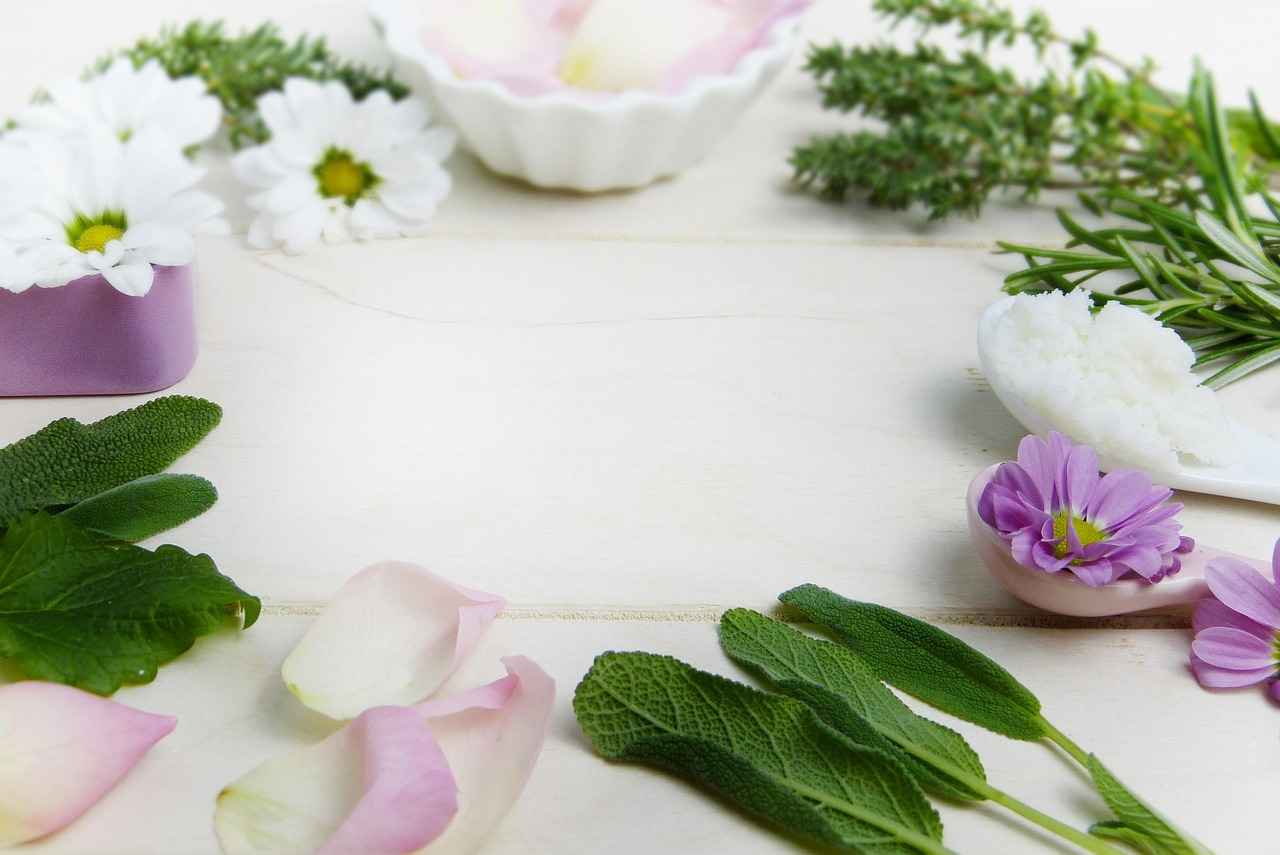
Can Skin Care Products Contribute to Skin Discoloration?
Many people enjoy wearing jewelry, but it’s not uncommon to experience skin discoloration, particularly green stains, when wearing certain pieces. One of the often-overlooked contributors to this issue is the interaction between skin care products and jewelry. Understanding how these products can react with metals is essential for maintaining both your skin health and your favorite accessories.
Yes, certain lotions, perfumes, and even natural body sweat can react with jewelry, leading to skin discoloration. This reaction primarily occurs due to the chemicals present in these products, which can cause metals like copper and brass to oxidize. When these metals oxidize, they release compounds that can stain your skin green or cause irritation.
To minimize the risk of skin discoloration, it’s crucial to be aware of specific ingredients in skin care products that may exacerbate reactions:
- Alcohol: Many lotions and perfumes contain alcohol, which can dry out your skin and increase the likelihood of a reaction with jewelry.
- Fragrances: Synthetic fragrances can irritate sensitive skin and lead to discoloration when combined with certain metals.
- Acids: Products containing alpha-hydroxy acids (AHAs) or beta-hydroxy acids (BHAs) can also react negatively with jewelry, particularly if your skin is already compromised.
There are several strategies you can adopt to protect your skin from discoloration caused by jewelry interactions:
- Choose Hypoallergenic Products: Opt for skin care products labeled as hypoallergenic. These are less likely to contain irritating chemicals that can react with your jewelry.
- Apply Products Wisely: When using lotions or perfumes, apply them well before putting on your jewelry. This allows time for the products to absorb into your skin, reducing the chance of reaction.
- Keep Jewelry Clean: Regularly clean your jewelry to remove any buildup of sweat, lotion, or other residues that could lead to skin discoloration.
If you frequently experience skin discoloration, consider investing in jewelry made from the following materials:
- Stainless Steel: This metal is durable and resistant to tarnishing, making it a great option for sensitive skin.
- Gold: Solid gold, particularly 14k or higher, is less likely to cause reactions compared to gold-plated items.
- Platinum: Known for its hypoallergenic properties, platinum is an excellent choice for those prone to skin reactions.
If you notice persistent skin discoloration despite taking precautions, it may be time to consult a dermatologist. They can help identify any underlying skin conditions and recommend appropriate treatments. Additionally, they can provide guidance on suitable skin care and jewelry options tailored to your specific needs.
By understanding the interactions between skin care products and jewelry, you can take proactive steps to protect your skin. This knowledge not only helps in maintaining your jewelry but also ensures that you can enjoy wearing it without the worry of discoloration.
Choosing the Right Skin Care Products
When it comes to maintaining healthy skin while wearing jewelry, is essential. Many individuals may not realize that the products they apply to their skin can interact with their jewelry, leading to unwanted skin discoloration and irritation. In this section, we will explore how to select skin care products that are both effective and gentle on your skin, minimizing the risk of adverse reactions.
Many conventional skin care products contain harsh chemicals, including parabens, sulfates, and artificial fragrances. These ingredients can irritate the skin and may cause it to react negatively with certain metals found in jewelry. For instance, when these chemicals mix with sweat or moisture, they can accelerate the oxidation process of metals like copper and brass, leading to skin discoloration.
- Reduced Risk of Reactions: By opting for products free from harsh chemicals, you can significantly lower the chances of experiencing skin irritation or discoloration.
- Improved Skin Health: Natural ingredients often contain nourishing properties that can enhance your skin’s overall health and appearance.
- Eco-Friendly Options: Many natural skin care brands prioritize sustainability, making them a better choice for both your skin and the environment.
When selecting skin care products, consider the following:
1. **Ingredient Transparency:** Look for brands that clearly list their ingredients and avoid those with long, complicated chemical names.2. **Hypoallergenic Formulas:** Products labeled as hypoallergenic are less likely to cause allergic reactions and are ideal for sensitive skin.3. **Non-Comedogenic:** This term indicates that a product won't clog your pores, which is beneficial for maintaining healthy skin.4. **Natural and Organic Ingredients:** Choose products that prioritize plant-based ingredients, as they are often gentler on the skin.
Here are some skin care types that are generally safe and effective:
- Moisturizers: Look for those with natural oils like jojoba or almond oil, which hydrate without harsh additives.
- Cleaners: Gentle cleansers that are free from sulfates can effectively cleanse your skin without stripping it of its natural oils.
- Sunscreens: Opt for mineral-based sunscreens that use zinc oxide or titanium dioxide, as they are less likely to irritate the skin.
Before fully incorporating a new skin care product into your routine, it’s wise to conduct a patch test. Apply a small amount of the product to a discreet area of your skin and wait 24 hours to see if any adverse reactions occur. This simple step can save you from potential discomfort and skin issues.
In addition to choosing the right products, maintaining a consistent skin care routine is vital. Cleanse your skin regularly, moisturize daily, and always apply sunscreen when exposed to sunlight. By doing so, you can help ensure that your skin remains healthy and less prone to reactions with your jewelry.
In summary, selecting skin care products that are free from harsh chemicals is crucial for minimizing the risk of skin discoloration caused by jewelry. By focusing on gentle, natural ingredients and maintaining a consistent routine, you can enjoy wearing your favorite pieces without worry.
How to Properly Clean Your Jewelry
Jewelry is not just an accessory; it often holds sentimental value and can enhance your overall appearance. However, over time, jewelry can lose its luster and even cause skin reactions if not properly maintained. Understanding is essential to preserving its beauty and ensuring your skin remains irritation-free.
Regular cleaning of your jewelry is crucial for several reasons. First, it helps prevent tarnishing and oxidation that can occur due to exposure to air, moisture, and skin oils. Second, it minimizes the risk of skin reactions caused by dirt and grime buildup. A well-maintained piece of jewelry will not only look better but also feel better against your skin.
- Soap and Water Solution: For most types of jewelry, a simple solution of warm water and mild dish soap can work wonders. Soak your jewelry for a few minutes, then gently scrub with a soft toothbrush to remove dirt.
- Jewelry Cleaning Kits: Many stores offer specialized cleaning kits that include solutions and tools designed for specific types of jewelry. These kits often come with instructions to ensure safe cleaning.
- Baking Soda Paste: For tarnished silver, a paste made from baking soda and water can be effective. Apply the paste, let it sit for a few minutes, and then rinse thoroughly.
- Ultrasonic Cleaners: These devices use ultrasonic waves to clean jewelry effectively. They are especially good for intricate designs but should be used with caution on softer stones.
The frequency of cleaning largely depends on how often you wear your jewelry. If you wear it daily, consider cleaning it every few weeks. For pieces worn less frequently, a thorough cleaning every few months should suffice. Always inspect your jewelry for any signs of damage or wear before cleaning.
To minimize skin reactions, it’s essential to keep your jewelry clean. Additionally, consider applying a thin layer of clear nail polish on the inner surfaces of rings and bracelets to create a barrier between your skin and the metal. This simple step can significantly reduce the likelihood of skin discoloration and irritation.
Proper storage of your jewelry can also help maintain its cleanliness. Store pieces separately to prevent scratching and tarnishing. Use soft pouches or a jewelry box with compartments. Additionally, consider using anti-tarnish strips or cloths in your storage area to further protect against oxidation.
If you have valuable or antique jewelry, consider seeking professional cleaning services. Jewelers have specialized tools and expertise to clean and restore your pieces without causing damage.
In conclusion, keeping your jewelry clean is essential not only for aesthetics but also for your skin’s health. By employing effective cleaning methods and taking preventive measures, you can enjoy your jewelry for years to come, free from tarnish and irritation.

What Are Some Effective Solutions to Prevent Skin Discoloration?
Jewelry can be a beautiful addition to your style, but it can also lead to unwanted skin discoloration. Fortunately, there are effective solutions to help you prevent this issue. By implementing some practical adjustments in your jewelry care routine, you can significantly reduce the chances of skin discoloration.
Skin discoloration often results from reactions between jewelry materials and your skin. Understanding how to mitigate these reactions can enhance your jewelry-wearing experience. Below are some practical solutions:
- Use Clear Nail Polish as a Barrier: Applying a thin layer of clear nail polish on the inner side of your jewelry can create a protective barrier. This prevents direct contact with your skin and minimizes the risk of discoloration.
- Choose Hypoallergenic Jewelry: Investing in hypoallergenic jewelry is one of the best ways to prevent skin reactions. Look for pieces made from materials like titanium, surgical steel, or high-quality gold, which are less likely to cause irritation.
- Regularly Clean Your Jewelry: Keeping your jewelry clean can help prevent tarnishing and oxidation. Use a soft cloth to wipe your pieces after wearing them, and consider using a gentle jewelry cleaner for deeper cleaning.
- Avoid Moisture Exposure: Moisture can exacerbate skin reactions. Remove your jewelry before swimming, bathing, or exercising to keep it dry and reduce the chances of discoloration.
- Be Mindful of Skin Care Products: Certain lotions, perfumes, and sweat can react with jewelry. Opt for skin care products that are free from harsh chemicals and fragrances to minimize these interactions.
- Store Jewelry Properly: When not in use, store your jewelry in a dry, cool place, preferably in a lined jewelry box or anti-tarnish pouch. This helps prevent oxidation and keeps your pieces looking new.
By implementing these practical solutions, you can enjoy wearing your favorite jewelry without the worry of skin discoloration. Remember, the key to maintaining beautiful skin and jewelry lies in proper care and attention to the materials you choose.
In addition to these solutions, always pay attention to your skin’s reactions. If you notice persistent discoloration or irritation, it may be wise to consult with a dermatologist. They can provide personalized advice and help you identify any underlying issues that may be contributing to the problem.
Ultimately, taking proactive measures in your jewelry care routine can make a significant difference. By being informed and making conscious choices, you can avoid the discomfort and frustration of skin discoloration while enjoying the beauty of your jewelry collection.
Using Clear Nail Polish as a Barrier
Jewelry can be a beautiful addition to any outfit, but many people experience skin discoloration due to certain metals. One effective and simple solution to this common problem is using clear nail polish as a barrier. This method is not only easy to apply but also provides a protective layer that can significantly reduce skin reactions. Below, we will explore how this technique works and why it is beneficial.
When jewelry comes into contact with your skin, various factors such as sweat, lotions, and even the natural oils from your skin can cause chemical reactions. This is especially true with metals like copper and brass, which can oxidize and leave green stains on your skin. By applying a thin layer of clear nail polish to the inner side of your jewelry, you create a barrier that prevents these metals from making direct contact with your skin.
- Easy Application: Applying clear nail polish is a straightforward process that requires minimal effort. Just a quick coat on the inner surface of your jewelry can provide lasting protection.
- Cost-Effective: Clear nail polish is an inexpensive solution compared to purchasing new jewelry or hypoallergenic options.
- Versatile: This method can be applied to various types of jewelry, including rings, bracelets, and earrings.
- Temporary Solution: If you want to switch jewelry frequently, this temporary solution allows you to enjoy your favorite pieces without the worry of skin discoloration.
For best results, follow these steps:
- Start with clean jewelry. Ensure that the surface is free from dirt and oils.
- Apply a thin layer of clear nail polish to the inner side of the jewelry piece. Make sure to cover the entire area that touches your skin.
- Allow the polish to dry completely before wearing the jewelry.
- Reapply the polish as needed, especially if you notice any wear or peeling.
While using clear nail polish can be effective, there are a few considerations to keep in mind:
- Choose the Right Polish: Opt for a high-quality, non-toxic nail polish to minimize the risk of skin irritation.
- Skin Sensitivity: If you have sensitive skin, it’s advisable to test the polish on a small area first to ensure you do not have an adverse reaction.
- Regular Maintenance: Clear nail polish may wear off over time, so regular checks and reapplications are necessary to maintain protection.
While clear nail polish is an excellent option, there are other methods to consider:
- Hypoallergenic Jewelry: Investing in hypoallergenic materials such as titanium or surgical steel can help prevent skin reactions.
- Regular Cleaning: Keeping your jewelry clean can reduce tarnishing and the potential for skin discoloration.
In conclusion, applying a thin layer of clear nail polish on the inner side of your jewelry is a practical and effective way to create a barrier against skin discoloration. This simple method can help you enjoy your favorite pieces without the worry of unsightly stains. By combining this technique with other preventive measures, you can maintain both your jewelry and skin health.
Choosing Hypoallergenic Jewelry Options
is an essential consideration for anyone who experiences skin reactions or discomfort when wearing jewelry. The right choices can enhance your style while ensuring your skin remains healthy and irritation-free.
Hypoallergenic jewelry is crafted from materials that are less likely to cause allergic reactions. These pieces are designed to minimize skin irritation, making them ideal for individuals with sensitive skin or allergies. Common hypoallergenic materials include:
- Titanium: A lightweight, durable metal that is highly resistant to corrosion and is safe for sensitive skin.
- Surgical Steel: Often used in medical applications, surgical steel is non-reactive and does not contain nickel, making it an excellent choice.
- Gold and Platinum: High-quality gold (14k or higher) and platinum are less likely to cause skin reactions compared to lower-quality alloys.
- Rhodium-Plated Jewelry: Rhodium plating adds a protective layer to jewelry, preventing tarnishing and reducing the likelihood of skin irritation.
Investing in hypoallergenic jewelry can significantly reduce skin reactions. Traditional jewelry often contains metals like nickel or copper, which can lead to discoloration and irritation. By opting for hypoallergenic options, you can:
- Minimize Skin Reactions: These materials are specifically chosen for their low reactivity, making them suitable for sensitive skin.
- Avoid Discoloration: Hypoallergenic jewelry is less likely to cause green stains or other discoloration on your skin.
- Enjoy Comfort: Wearing jewelry that doesn’t irritate your skin allows for longer wear without discomfort.
When shopping for hypoallergenic jewelry, look for specific labels or certifications that indicate the jewelry is made from non-reactive materials. Here are some tips:
- Read Product Descriptions: Check for terms like “hypoallergenic,” “nickel-free,” or “surgical steel.”
- Ask the Seller: Don’t hesitate to inquire about the materials used in the jewelry.
- Research Brands: Some brands specialize in hypoallergenic options, making it easier to find suitable pieces.
To ensure your hypoallergenic jewelry remains in good condition, proper care is essential. Follow these maintenance tips:
- Regular Cleaning: Clean your jewelry regularly with mild soap and water to remove dirt and oils.
- Avoid Harsh Chemicals: Keep your jewelry away from harsh cleaning products, perfumes, and lotions that can cause reactions.
- Store Properly: Store your jewelry in a dry place and avoid exposing it to moisture to prevent tarnishing.
Many retailers now offer a range of hypoallergenic jewelry options. Consider shopping at:
- Specialty Jewelry Stores: These stores often carry a selection of hypoallergenic pieces.
- Online Retailers: Websites dedicated to hypoallergenic jewelry can provide a wide variety of options.
- Custom Jewelers: For a personalized touch, consider working with a jeweler who can create custom hypoallergenic pieces.
By choosing hypoallergenic jewelry, you can enjoy beautiful accessories without the worry of skin irritation or discoloration. Make informed choices and prioritize your skin’s health while expressing your unique style.

When Should You Consult a Dermatologist?
When dealing with skin discoloration caused by jewelry, it is crucial to recognize when to seek professional help. While many cases may resolve with simple preventive measures, persistent discoloration can indicate underlying issues that require expert evaluation.
If you notice that skin discoloration continues despite your efforts to avoid known irritants, it may be time to consult a dermatologist. Persistent discoloration can manifest as green, brown, or even gray stains on the skin, particularly where jewelry makes contact. This could be a sign of an allergic reaction or an underlying skin condition.
Some individuals may experience skin conditions that mimic reactions to jewelry. Conditions such as eczema, dermatitis, or psoriasis can cause discoloration and irritation. A dermatologist can help differentiate between these conditions and jewelry-related issues, ensuring you receive the appropriate treatment.
Visiting a dermatologist provides several advantages:
- Expert Diagnosis: A dermatologist can accurately diagnose the cause of your skin discoloration, whether it is due to jewelry or a more complex skin condition.
- Personalized Treatment Plans: Based on the diagnosis, they can recommend tailored treatment options, including topical medications, lifestyle changes, or alternative jewelry choices.
- Long-term Management: For chronic skin issues, dermatologists can offer strategies to manage symptoms and prevent future occurrences.
Upon consultation, a dermatologist may suggest various treatment options:
- Topical Treatments: Creams or ointments may be prescribed to reduce inflammation and irritation.
- Allergy Testing: If an allergy is suspected, testing can identify specific allergens, including metals in your jewelry.
- Skin Care Adjustments: Recommendations for gentle skin care products that minimize irritation may be provided.
In certain situations, immediate consultation is necessary:
- If you experience severe redness, swelling, or pain in conjunction with discoloration.
- If the discoloration spreads or worsens over time.
- If you develop blisters or open sores, which may indicate an infection.
In summary, while many cases of skin discoloration can be managed at home, it is essential to consult a dermatologist if symptoms persist or worsen. Their expertise can provide clarity and effective solutions, ensuring that your skin health is prioritized.
Understanding Skin Conditions Related to Jewelry
Jewelry can enhance our style and express our personality, but it can also lead to unexpected skin reactions. Understanding the relationship between jewelry and skin conditions is essential for maintaining healthy skin while enjoying your favorite accessories. This article delves into the complexities of skin conditions that may resemble allergic reactions caused by jewelry, providing insights into how to identify and address these issues.
Many individuals experience skin irritation that appears to be linked to their jewelry. However, other underlying skin conditions can produce similar symptoms. Some of the most common conditions include:
- Contact Dermatitis: This condition occurs when the skin reacts to an irritant or allergen, leading to redness, swelling, and itching.
- Eczema: A chronic skin condition characterized by dry, itchy patches that can flare up due to various triggers, including jewelry.
- Psoriasis: This autoimmune condition can cause red, scaly patches on the skin that might be confused with jewelry reactions.
Distinguishing between a jewelry-related allergy and a skin condition requires careful observation. Here are some tips to help:
- Timing: Note when the symptoms appear. If irritation occurs immediately after wearing jewelry, it may indicate an allergy.
- Location: Allergic reactions often occur at the site of contact, whereas skin conditions like eczema or psoriasis can appear in other areas.
- Symptoms: Itching and redness are common in both cases, but skin conditions may also involve scaling or oozing.
If you experience persistent skin issues, it’s essential to seek professional advice. A dermatologist can conduct patch testing to identify specific allergens and differentiate between jewelry-related reactions and other skin conditions. They may also recommend treatments such as:
- Topical Corticosteroids: These can help reduce inflammation and alleviate symptoms of contact dermatitis.
- Moisturizers: For conditions like eczema, keeping the skin hydrated is crucial.
- Antihistamines: These can help manage allergic reactions and relieve itching.
In addition to consulting a dermatologist, there are proactive steps you can take to manage skin reactions:
- Keep Jewelry Clean: Regular cleaning can prevent buildup of irritants that may cause skin issues.
- Choose Hypoallergenic Materials: Opt for jewelry made from materials less likely to cause reactions, such as titanium or surgical steel.
- Monitor Skin Care Products: Be cautious with lotions and perfumes, as they can interact with jewelry and exacerbate skin problems.
Understanding the nuances of skin conditions related to jewelry can empower you to make informed choices about your accessories. By recognizing the signs of potential allergic reactions versus underlying skin conditions, you can enjoy your jewelry without compromising your skin health.
Exploring Treatment Options for Skin Reactions
Skin reactions caused by jewelry can be uncomfortable and distressing. Fortunately, there are several treatment options available to help alleviate these issues. Understanding these options is crucial for effective management and prevention of future occurrences.
When it comes to treating skin reactions, there are various approaches you can take. Here are some of the most effective options:
- Topical Creams: Over-the-counter creams containing hydrocortisone can reduce inflammation and soothe irritated skin. For allergic reactions, creams with antihistamines may also be beneficial.
- Moisturizers: Keeping the skin hydrated can help repair the skin barrier. Look for moisturizers that are free from fragrances and other irritants.
- Cold Compresses: Applying a cold compress can help relieve itching and reduce redness. This method is especially useful for immediate relief after wearing jewelry.
In addition to topical treatments, making certain lifestyle changes can significantly reduce the likelihood of skin reactions:
- Choosing the Right Jewelry: Opt for jewelry made from hypoallergenic materials such as titanium, platinum, or surgical-grade stainless steel. These materials are less likely to cause skin irritation.
- Regular Cleaning: Keep your jewelry clean to prevent buildup of sweat, lotions, and dirt, which can exacerbate skin reactions. Use a soft cloth and mild soap to clean your pieces regularly.
- Limiting Exposure: If you know that certain metals cause reactions, limit the time you wear those pieces. Consider removing jewelry before activities that induce sweating.
If skin reactions persist despite following preventive measures, it may be time to explore additional treatment options:
- Prescription Medications: A dermatologist may prescribe stronger topical steroids or other medications to manage severe reactions.
- Allergy Testing: If you suspect an allergy, consulting a dermatologist for allergy testing can help identify specific triggers, allowing you to make informed choices about your jewelry.
- Natural Remedies: Some individuals find relief using natural remedies such as aloe vera or chamomile, which can soothe irritated skin.
Understanding the root cause of your skin reactions is essential for effective management. This knowledge can not only help you choose the right jewelry but also guide you in selecting appropriate skin care products that won’t exacerbate the issue.
In summary, addressing skin reactions caused by jewelry involves a combination of topical treatments, lifestyle changes, and possibly professional medical advice. By being proactive and informed, you can enjoy your jewelry without the worry of skin discoloration or irritation.
Frequently Asked Questions
- Why does my jewelry turn my skin green?
This happens due to a chemical reaction between the metals in your jewelry and substances like sweat, lotions, or even the air. Metals like copper and brass oxidize, leading to those pesky green stains.
- What metals are most likely to cause skin discoloration?
Nickel, brass, and copper are the main offenders. Nickel is notorious for causing allergic reactions, while brass and copper can oxidize when they come into contact with moisture.
- How can I prevent my skin from turning green?
There are several ways to prevent skin discoloration: opt for nickel-free jewelry, apply a clear nail polish barrier on the inner side of your jewelry, and regularly clean your pieces to avoid tarnishing.
- Are there hypoallergenic jewelry options available?
Absolutely! Look for jewelry made from titanium, surgical steel, or high-quality gold. These materials are less likely to cause skin reactions and are perfect for sensitive skin.
- When should I see a dermatologist?
If you notice persistent discoloration or irritation despite taking preventive measures, it’s a good idea to consult a dermatologist. They can help identify any underlying issues and suggest effective treatments.
